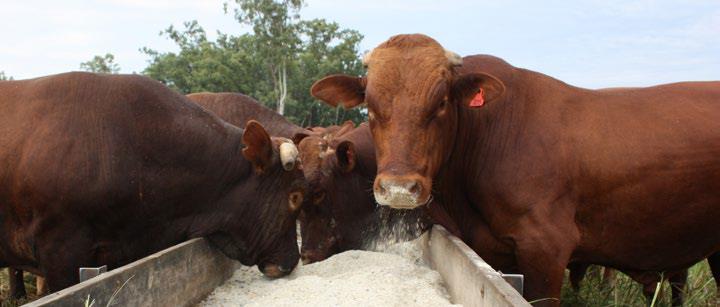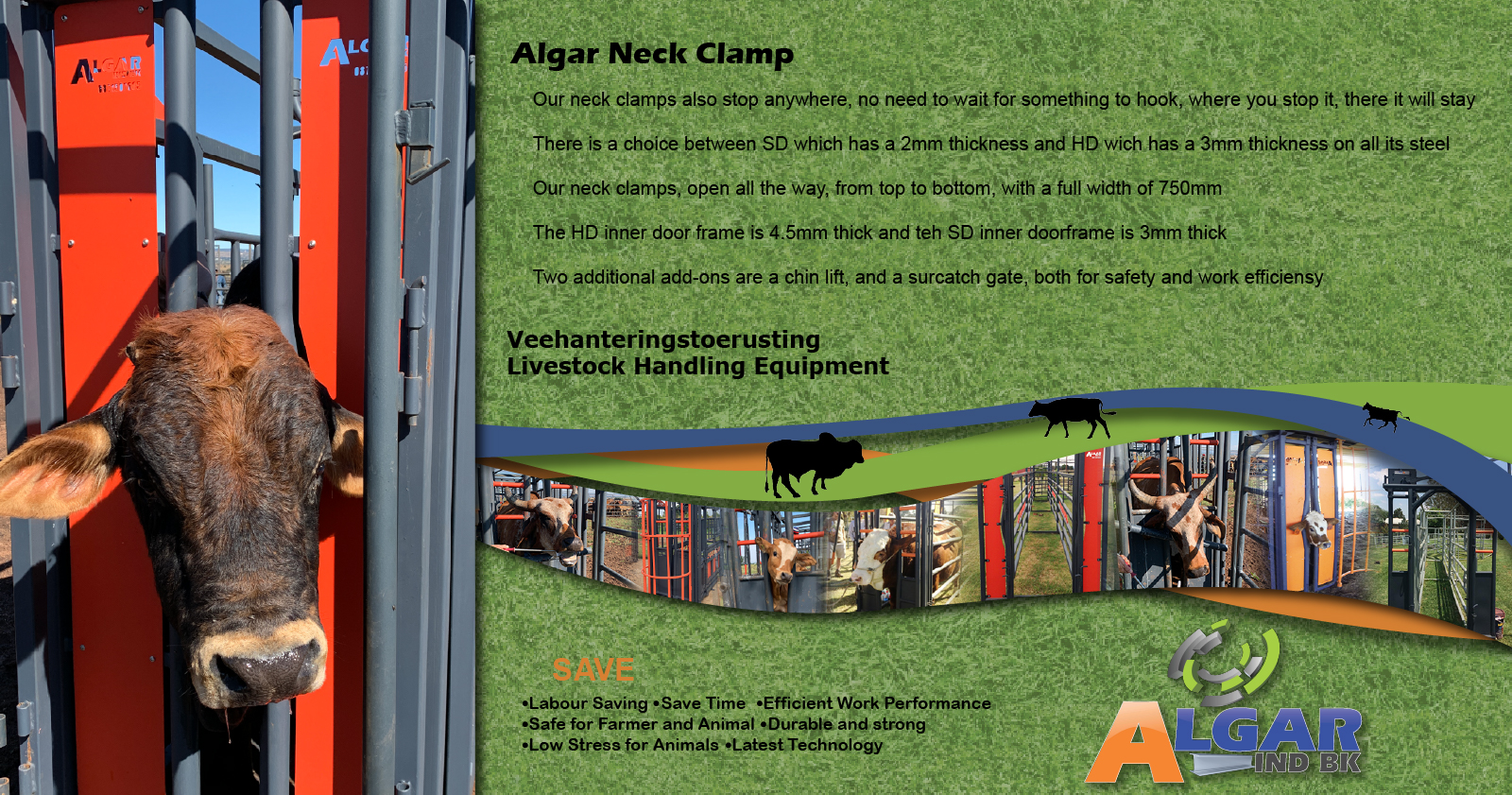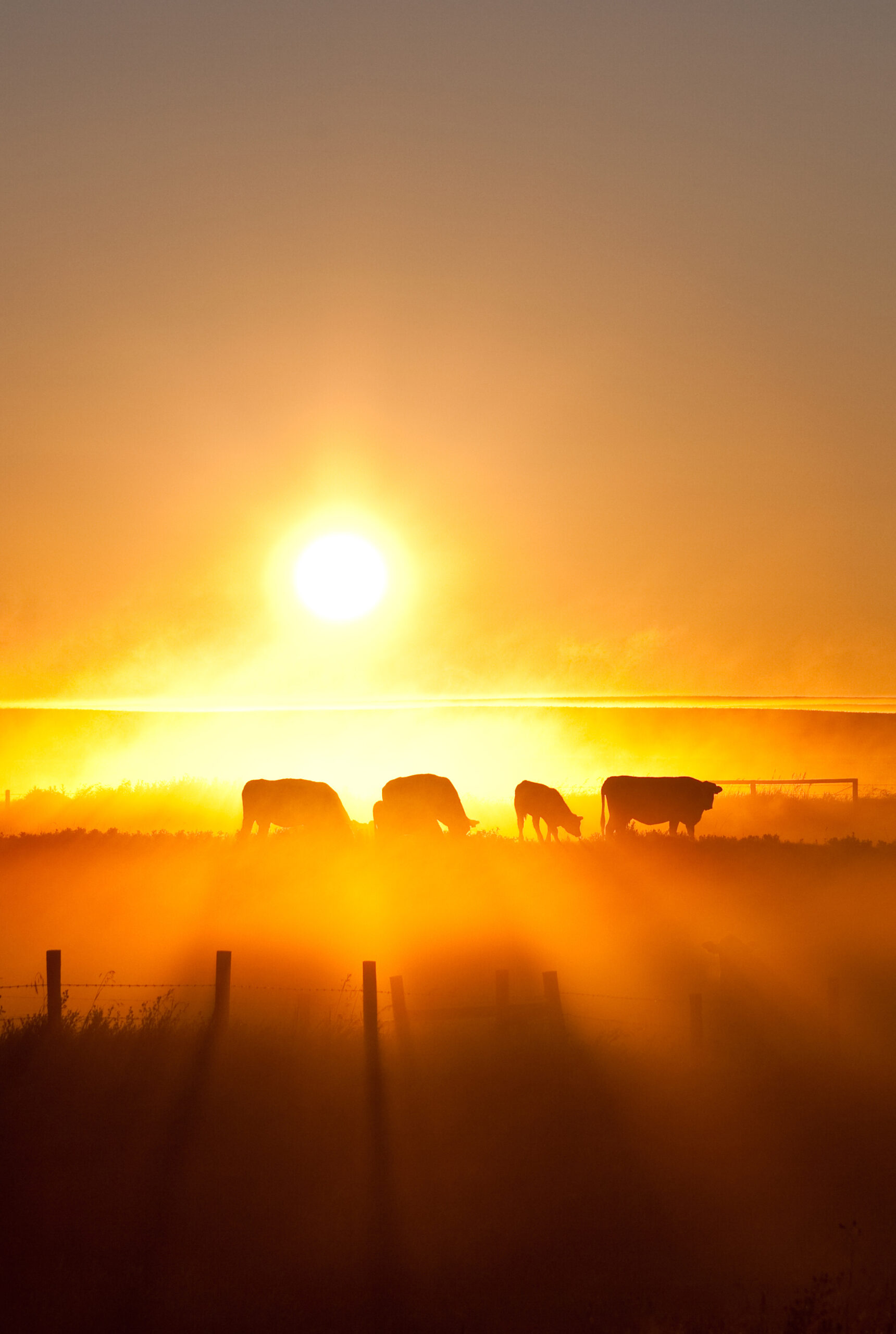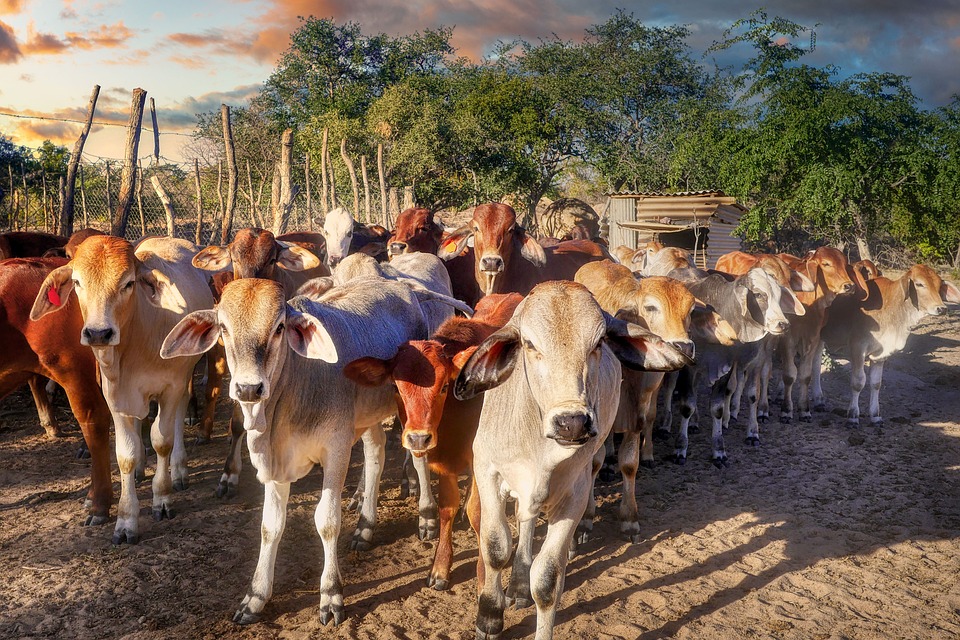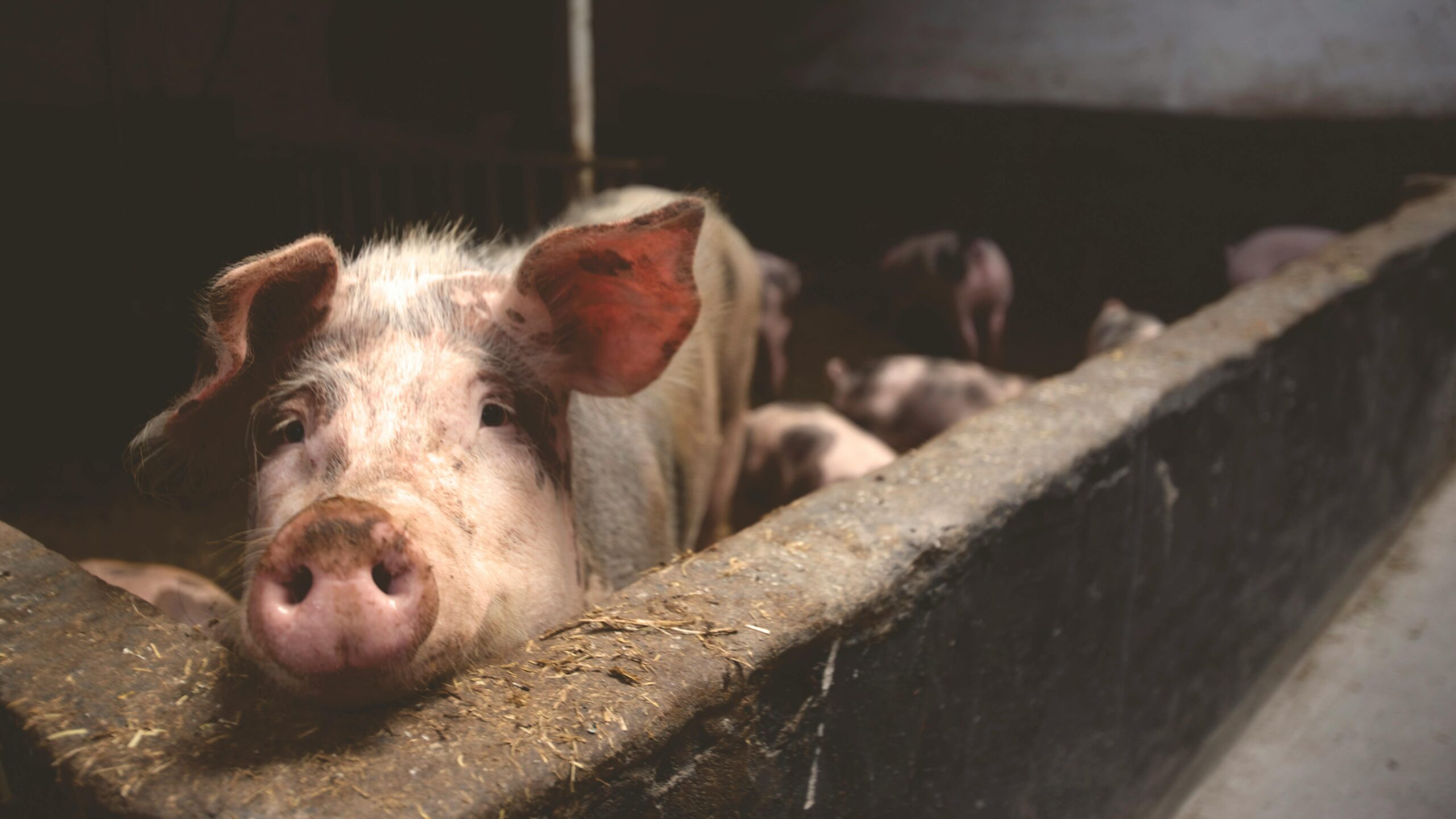Animal feed is expensive. Farmers always strive to keep their animals fed with natural grazing and only supplement the nutrients that the herd may lack, instead of always feeding every animal for long periods of time. This guide will help you to determine how to prevent overgrazing and still keep your cattle in top condition.
Determination of livestock units (LSU’s):
| CLASS | LSU EQUIVALENT |
| Bull | 1,38 |
| Cow | 1,21 |
| Calf (<7 months) | 0,34 |
| Young animal (8-18 months) | 0,53 |
| Ox (18-36 months) | 0,90 |
| Ox (>36 months) | 1,22 |
| Heifers (>18 months) | 1,21 |
The size of a herd of cows may vary between 30 – 90. Usually, four camps per herd will be sufficient, but it is preferable that six – eight camps should be allocated per herd. Where six camps are allocated per herd and the size of the herd does not exceed 50 LSU’s, the size of the camps vary as follows according to the grazing capacity for that area:
| GRAZING CAPACITY | SIZE OF CAMPS |
| 10 ha / LSU | 83 ha |
| 11 | 92 |
| 12 | 100 |
| 13 | 108 |
| 14 | 116 |
| 15 | 125 |
| 16 | 133 |
If less than six camps are allocated per herd, the camps will inevitably be bigger, but the sizes of camps should preferably not exceed 250 hectares.
Watering points
One watering point per camp will be sufficient, provided that animals do not have to travel further than 2000 metres. It is however preferable that the distance the animals have to travel to watering points, should not exceed 1 000 meters. The more an animal has travel, the more energy will be consumed and the more feed the animal requires.
Mating seasons
Each cow should be mated only once a year.
Cows: 15 December – 15 March
Heifers: 5 November – 15 February
If cows that did not conceive can be identified soon enough, a supplementary mating season during June/July may be introduced.
Correct mass and age for mating
Adult cows will be ready for mating at a body mass of 400 – 450 kilograms.
Heifers should be mated at the age of 24 months except if they weigh 320 or more at the age of 8 months. However, 18 months should be the youngest age at which a heifer should be mated.
Condition scoring at mating
A point of 3 or more when the cows are in a positive phase of growth.
Selection
Heifers are selected at weaning age and again just before mating. Heifers that do not conceive should be culled immediately. It is recommended that more heifers should be mated than needs to be taken up in the herd (overmating). The correct replacement rate is 15%.
Bulls
It is highly recommended that well adapted and tested veld reared bulls should be bought especially if they can make a positive contribution to the herd. Buy a bull that is well adapted to local circumstances and it must have good legs.
Make sure that the birth mass of the bull is low to prevent calving problem, especially when used on heifers. Make sure that the bulls are fertile, able and have a good libido.
The circumference of the scrotum is directly connected to fertility and therefore the circumference of the scrotum should be in the vicinity of 340 mm. (This is only an average figure because the circumstance of the scrotum is related to breeds).
Production and marketing
Weaners should be marketed at the age of 7 to 8 months. The desired weaning weight is 220 kilograms or more. At this stage the slaughtering percentage will be approximately 48%. The calf should weigh at weaning at least 50% or more of his mother’s weight.
Feeding
By implementing sound veld management and attempting to keep the veld in a climax condition can bring about huge savings in the fodder account. A cow that weighs 450 kilograms, eats about 13,5 kilograms of dry material per day, i.e. approximately 3% of her live body weight.
The supplementation of licks in terms of salt and phosphorus is essential and the farmer must attempt to satisfy the need. A cow needs to be supplemented with approximately 40 – 60 grams of salt and approximately 6 grams of phosphorus per day and this supplementation should be supplied throughout the year.
There might be a deficiency in protein during autumn and early winter and during late winter there might be a severe deficiency in both protein and energy.
It is recommended that 0,5 – 1 kilogram of sulphur be mixed into every 100 kilograms of lick, especially when licks containing urea are supplied and where the possibility of prussic acid poisoning on shrivelled veld exists.
Protein supplementation may be considered on poor winter veld. Up to 20% of urea may be mixed into the licks to supplement the deficiencies. On good veld it will not be necessary to supplement energy. The better the veld, the more the savings on supplements.
It is recommended that cows should be vaccinated with Vitamin A during late winter or six weeks before the mating season and again six weeks before the calving date.
Licks should not be supplied ad lib. Weigh the licks according to the needs of the animals and put out the correct quantities on Mondays and Thursdays. There must be enough troughs to make sure that all the animals have access to the licks. When urea is supplied, make sure that the troughs are protected against rain. Try to determine the lick intake per cow. The better the condition of the veld, the less will be the need for licks.
Record keeping
Identification is a form of record keeping to determine ownership or to identify old animals and poor producers. By law it is compulsory that every stockowner should brand all his cattle over the age of seven months. Calves up to seven months may still be tattooed. Earmarks may be used for management purposes.
Production records are useful in determining the marketing mass of animals and also to determine the kilograms of meat produced per hectare.
Production records will be needed to determine the weaning percentage. These records provide an indication of the efficiency of the farming enterprise.
Financial records are essential to determine the overall efficiency of the farming enterprise and will also ensure that expenses are according to income. Examples of financial records are the balance sheet, monthly income and expenses, cash flow budget and the cash flow statement.
General records like the inventory of land, improvements, vehicles, tools and livestock are important to draft an accurate balance sheet. It is also very important to keep records of stock numbers on a daily base because it is a handy aid in solving stock theft cases and also for stock theft statistics.

